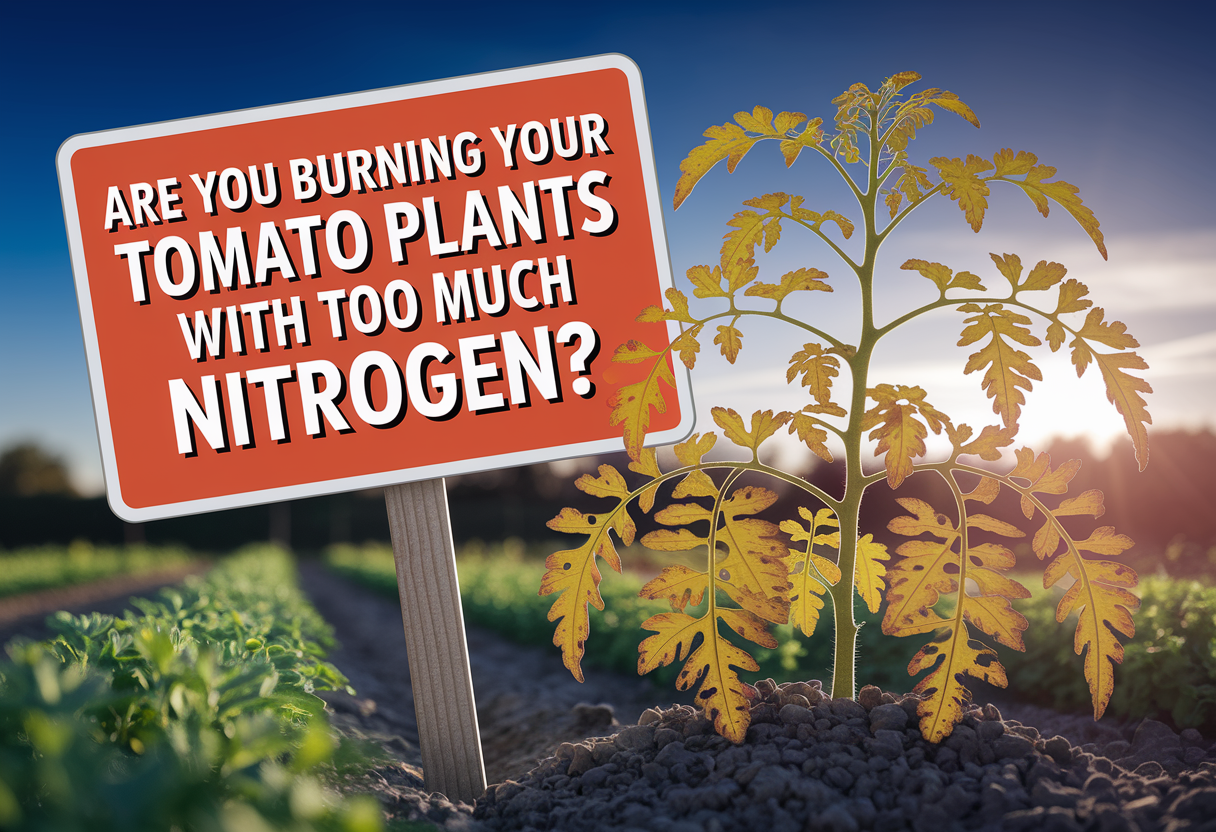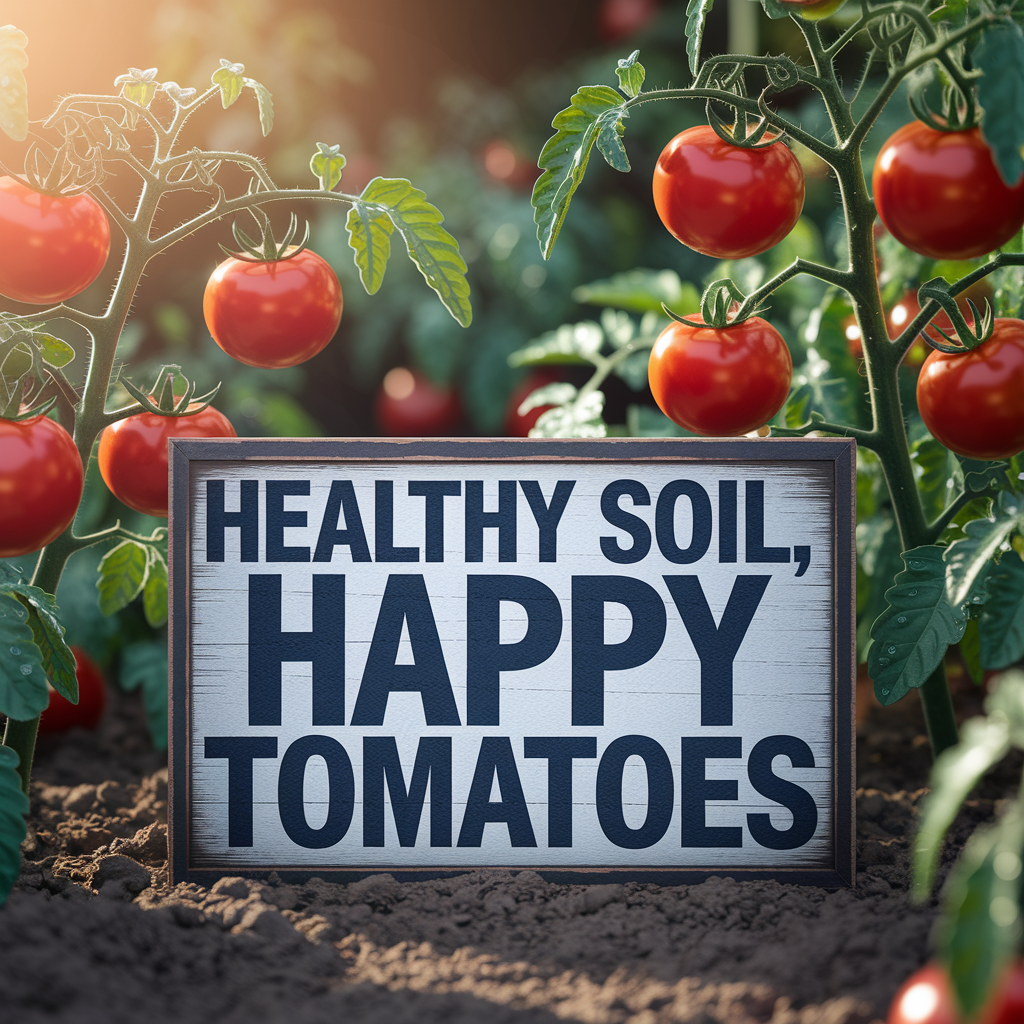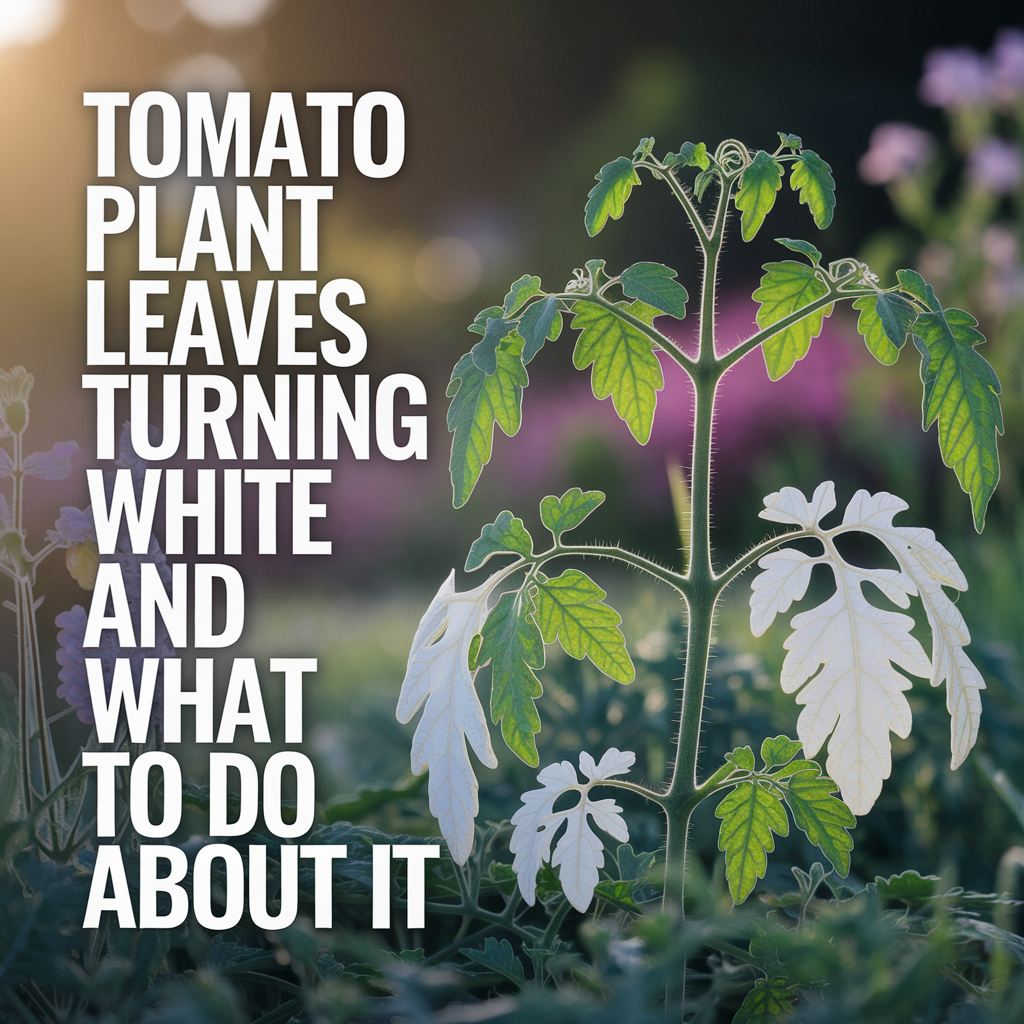
Why Are My Tomato Plant Leaves Turning White?
I remember walking out to my garden one morning and thinking, “What on earth happened to my tomato plants?” The once deep green leaves had faded to a weird, ghostly white. I thought maybe it was a disease or I overdid something — turns out, I wasn’t alone. If you’re wondering why are my tomato plant leaves turning white, there’s actually a shortlist of common causes that can lead to this leaf whitening.
And trust me, it’s fixable — but figuring out the cause is key. White leaves can mean your plant is stressed, sunburned, or even under attack from pests or fungus. It may even tie into overwatering or nutrient issues. Let’s walk through the possible causes and what you can do before your plant gives up for good.
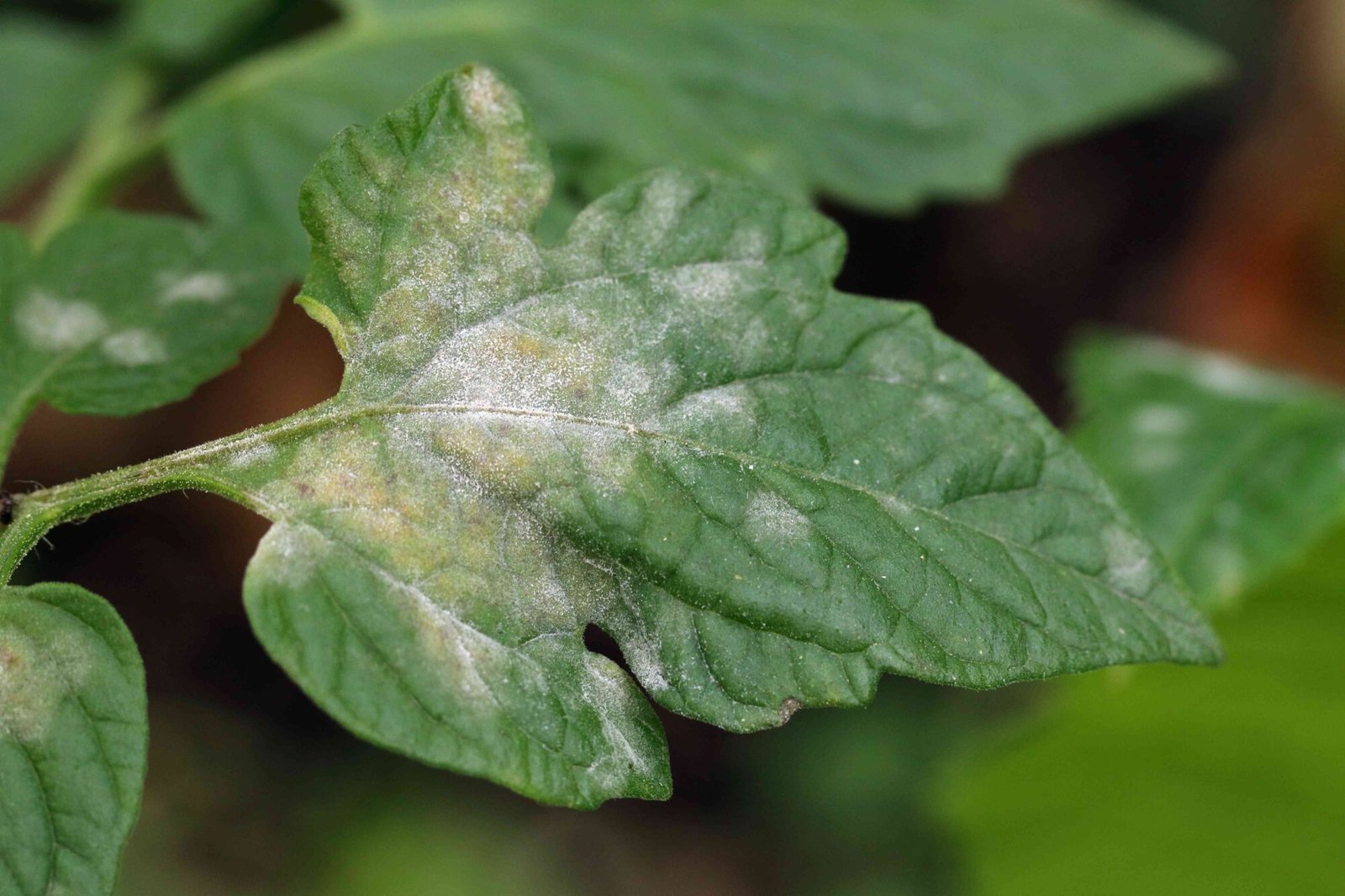
Could It Be Sunscald?
If you just planted your tomato starts outside or experienced a big jump in sun exposure, sunscald might be your answer. It’s one of the most common causes of white leaves on tomato plants. This happens when the tender leaves suddenly face intense sunlight without enough time to adjust.
The leaves basically get sunburned — they’ll look pale, washed-out, or even bleached. Sometimes they feel dry or brittle to the touch.
What to do:
Try using shade cloth for a few hours during the hottest part of the day or move your container plants somewhere with partial shade until they toughen up. And when starting new plants, slowly ease them into full sun over 7–10 days (a process called hardening off). That simple step could prevent this whole problem next time.
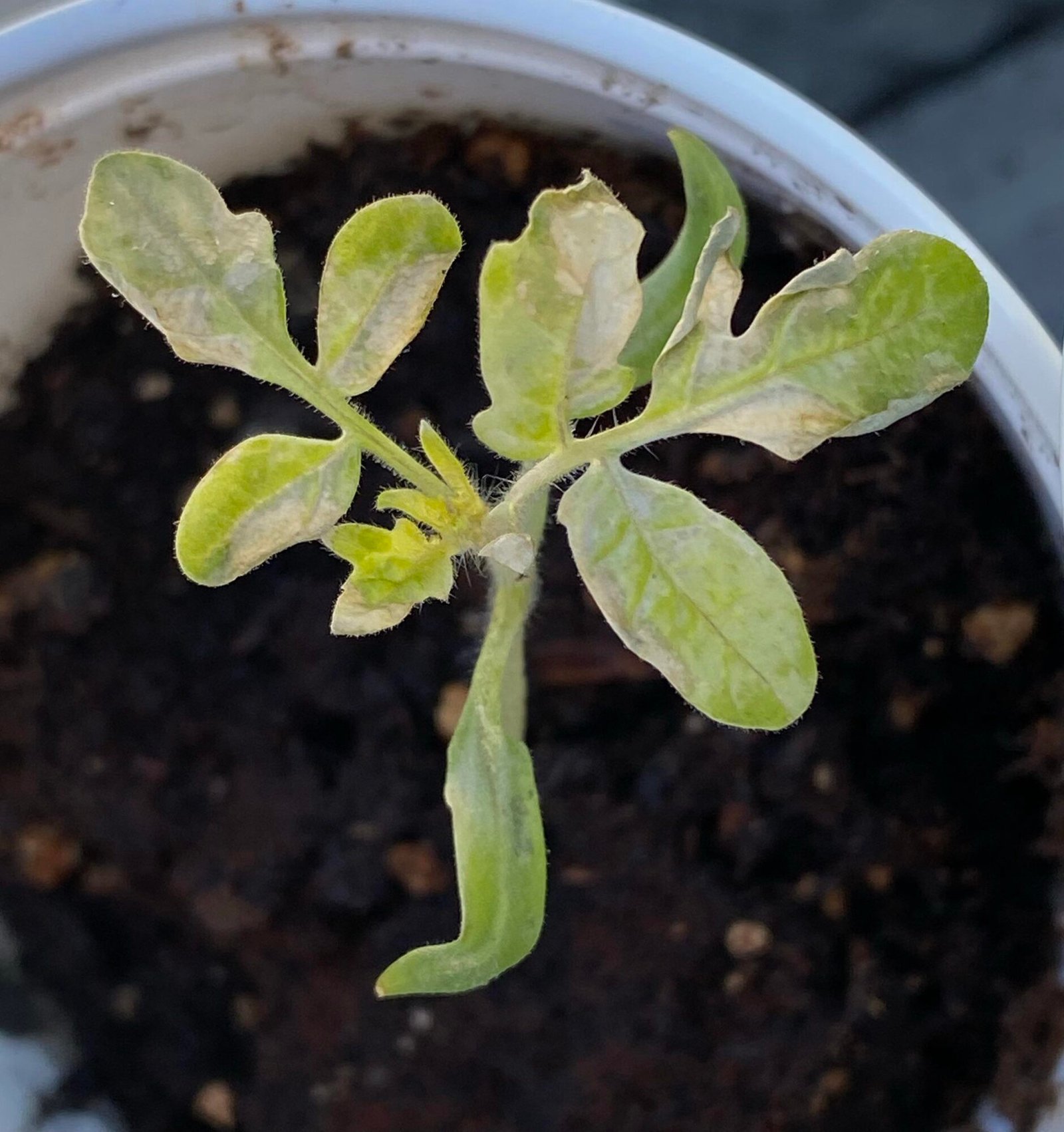
Could Pests Be the Culprit?
Another thing I learned the hard way — bugs love tomato plants, especially when the leaves are stressed. If your tomato plant leaves are turning white and you see tiny spots, dots, or webbing, there’s a good chance pests are involved.
Spider mites in particular can suck the color out of your leaves, leaving behind a silvery or pale white appearance. Leafhoppers and whiteflies can also cause leaf discoloration as they feed.
What to do:
Flip a few leaves over and check for small bugs or webbing. If you see any signs, it’s time to spray. I keep a bottle of BioAdvanced Fruit & Vegetable Insect Control on hand for exactly this reason — it’s one of the few products that works well for edible gardening and takes care of the problem quickly.

Could It Be a Fungal or Mold Problem?
If the white patches are more powdery than bleached, that’s a whole different issue — and it’s likely powdery mildew. This fungal infection shows up when there’s high humidity, poor air circulation, or wet leaves at night. It’s super common and spreads fast if you don’t catch it early.
What to do:
Cut off the worst-affected leaves and improve airflow between plants. Water early in the day so leaves have time to dry. If the mildew keeps coming back, you can use an organic fungicide or neem oil spray. Just make sure not to confuse this with sunscald — mildew looks like someone dusted your leaves with baby powder, while sunscald looks more bleached and blotchy.

Are You Dealing with a Nutrient Deficiency?
Sometimes it’s not bugs, fungus, or the sun — your tomato plant might just be missing something important in the soil. When leaves start turning white or very pale, especially between the veins, it’s often a sign of iron, magnesium, or calcium deficiency.
That happened to me one season when I reused old potting soil. I assumed it still had nutrients — nope. My plants let me know fast by losing their color.
What to do:
Use a balanced fertilizer with micronutrients, like iron and calcium. I’ve had awesome results with the Farmer’s Secret Tomato Booster — it’s super concentrated and helped bring the color back in just a couple of weeks. If your soil is too acidic or alkaline, it can also block nutrient uptake, so testing your pH is never a bad idea.

Could Overwatering Be Behind It?
This one surprised me. I always thought too much water would just lead to root rot or droopy leaves — but it can also cause leaf whitening or yellowing, especially if the roots can’t get enough oxygen.
If you notice that your soil stays soggy for days, and your leaves are losing their color or curling up, overwatering might be to blame.
What to do:
Let the soil dry out a bit and see how the plant responds. If you’re unsure whether watering is the issue, take a look at this article: Signs of Overwatering Tomato Plants — it walks through all the things to look for and how to fix them before your plant drowns.
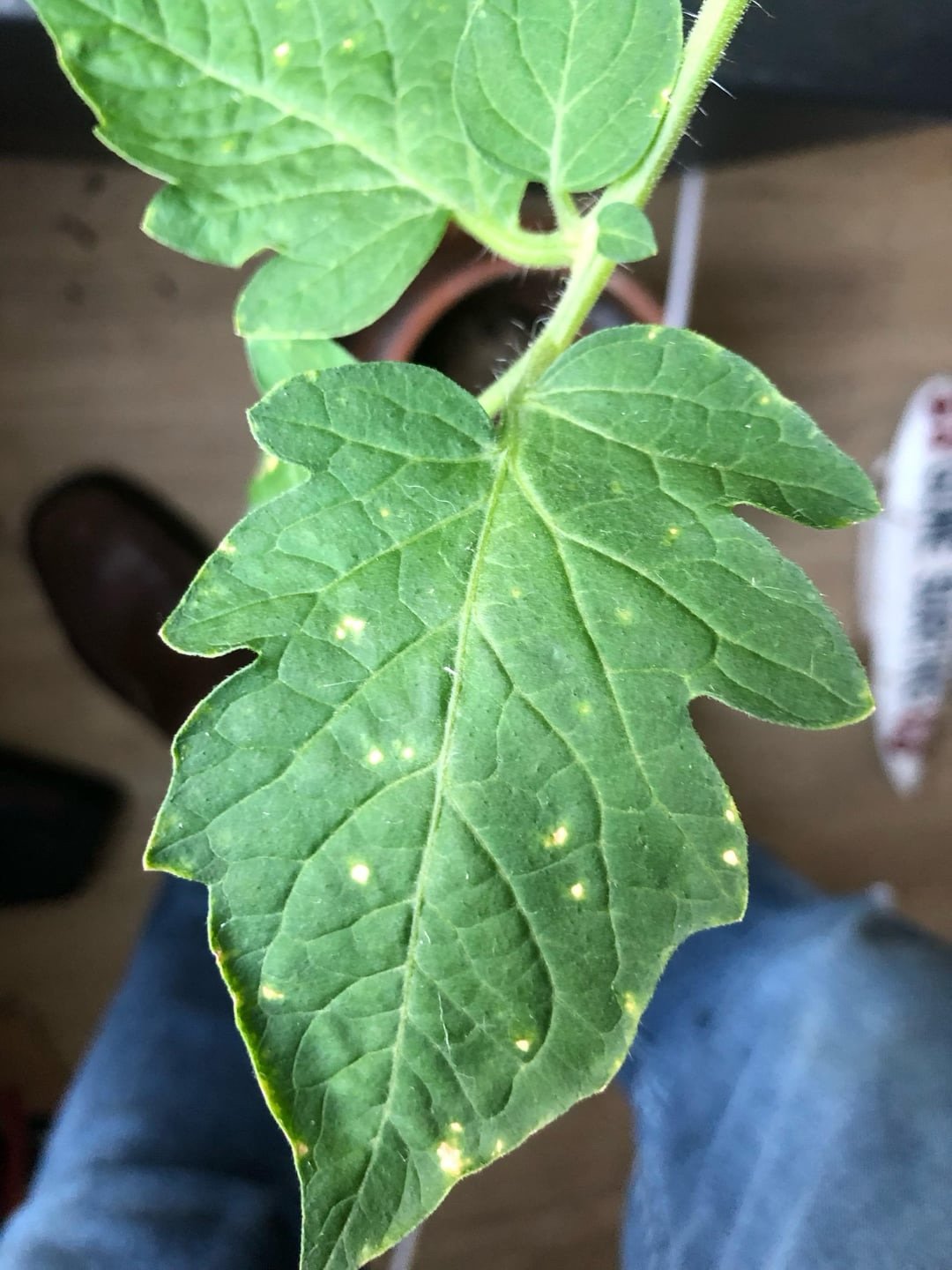
Is It Just the Weather Being Weird?
Sometimes your tomato leaves turning white isn’t about anything you did wrong — it’s just the weather acting up. I’ve seen sudden cold snaps or wild temperature swings shock my plants, especially early in the season. That shock can show up as pale or white leaves that look sick but bounce back in a few days.
High winds and even hail can also beat up the leaves, scarring or bleaching them. If you’ve had recent storms or colder-than-usual nights, that might explain the change in color.
What to do:
Give your plants a little time. As long as the new growth looks healthy, your tomato plant should recover just fine. I usually keep an eye on them and only step in with sprays or treatments if things keep getting worse.

When to Actually Worry (And What to Do About It)
Here’s the thing — not every white leaf is an emergency. But if your plant stops growing, more leaves start turning pale or crispy, or your tomatoes themselves begin looking off, it’s time to act fast.
Take a step back and look at the full picture. Are you seeing bugs? Is your soil too soggy? Did you recently transplant? Everything you’ve done recently could be part of the puzzle.
If it’s pest-related, remember to try something like the BioAdvanced Insect Control. And if you’re behind on feeding your plants, a good fertilizer like the Farmer’s Secret Tomato Booster might be all you need.
Also, check out this earlier post about my own struggles: I Didn’t Know a Thing About Growing Tomatoes… Now I Grow Too Many — it’s a great read if you’re still figuring things out like I was.
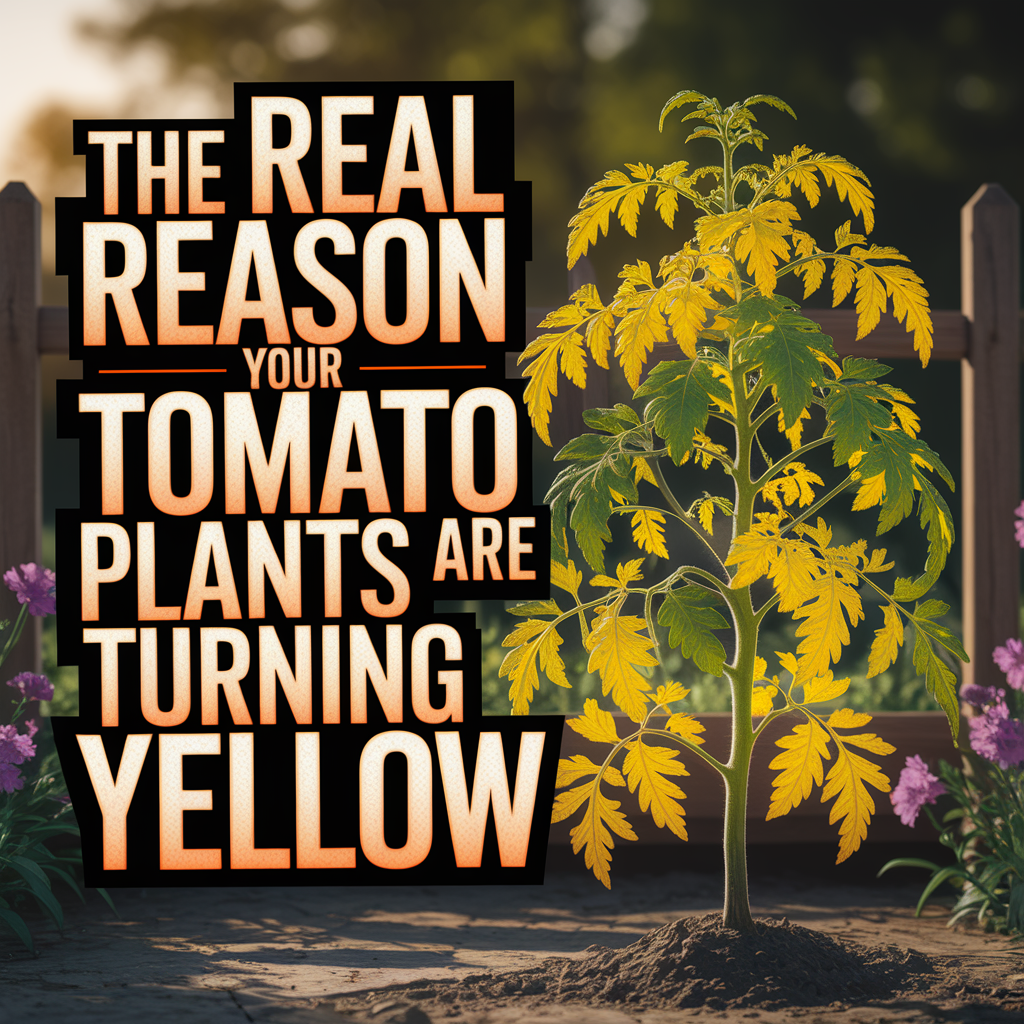
FAQ: Why Are My Tomato Plant Leaves Turning White?
Can too much sun make my tomato leaves turn white?
Yes, and I’ve seen it happen. If you’ve just moved your plants outside or there’s been a sudden heatwave, the white or bleached leaves might be sunscald. It usually hits the upper leaves first and looks almost like they’ve been bleached or burned. Shade cloth or easing plants into full sun can help prevent this.
Are white spots on tomato leaves always a disease?
Not always. Sometimes it’s pests like spider mites or environmental stress. But if the white looks powdery, it’s probably powdery mildew — a common fungal issue. In that case, pruning and spraying early can help save your plant.
How can I tell if it’s pests causing the white leaves?
Flip the leaves over. That’s where tiny troublemakers like mites and whiteflies hide. I’ve had the best luck using this edible-safe insect control to stop pests before they get out of hand.
Will my tomato plant recover from white leaves?
In most cases, yes — especially if new growth looks healthy. Trim the worst-looking leaves and fix the root issue, whether it’s bugs, overwatering, or too much sun. Keep an eye on the plant for a week or two. Recovery usually starts fast once conditions improve.
Should I remove the white leaves?
I usually do, especially if they look bad or feel crispy. Removing damaged leaves can help the plant focus on new growth. Just don’t overdo it — your plant still needs some healthy leaves for photosynthesis.
As an Amazon Associate we earn from qualifying purchases through some links in our articles.

